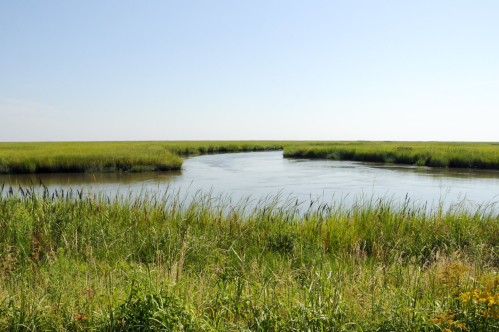Historical and haunting, the Arkansas Tuberculosis Sanatorium resides just outside of Booneville. The buildings are towering reminders of the death and disease that reigned the nation not too long ago. The sanatorium museum routinely gives guided talks but today we’ll offer our own free photo tour to keep your sanity in check.
This cheery place is the Arkansas Tuberculosis Sanatorium located in Potts Ridge, about three miles outside of Booneville.
The Sanatorium got its roots in 1907 when an Arkansas judge and doctor met after traveling out to Arizona to relieve their TB. The men wanted to help fellow Arkansans that had the disease but couldn’t travel.
In 1909, legislation was passed to green light the construction.
A total of $50,000 was appropriated for facility. The area was assessed by horseback and approved based on its beautiful scenery and clean air. Pre-construction included building an access road as well as a pond to supply water.
At its peak, the sanatorium had more people than the population of Booneville.
This full-fledged mini city had a chapel, dairy farm, fire department, and children’s hospital with a school. Any building that housed patients was specifically designed to catch a breeze at all times. Fresh air was a vital treatment.
Treatment had not been free for patients.
The cost was $10 a week, unless a judge’s order was written. The fee covered room and board, medical treatment, nursing, and laundry.
The main hospital, the Nyberg Building, is five stories tall and housed more than 500 patients.
The campus was the largest of its kind in the nation and even provided research to other facilities as far away as Italy. Occupational therapy became a legitimate form of treatment and was popularized at this facility as well.
By the 1920s, overcrowding became an issue.
This motivated other counties to begin care for local patients. Some would send sanatorium wait list patients to farms. Others, like Sebastian County, built their own facility.
The facility operated for more than sixty years before closing in the 70s.
The closure was due to the decline in patients after effective vaccines were developed. By the 1960s, less than half of the beds were in use. Buildings and facilities were phased out until the last patient left in 1973. In 2006, the sanatorium was added to the U.S. National Register of Historic Places.
Some of the buildings have been adopted for new purposes, including a museum.
Most of the buildings are now part of the Booneville Human Development Center. The center provides residential services for people with developmental disabilities.
If You Only Have One Day to Visit This Small Town in Maine, Here’s Everything You Absolutely Can’t Miss

If You Only Have One Day to Visit This Small Town in Massachusetts, Here’s Everything You Absolutely Can’t Miss

If You Only Have One Day to Visit This Small Town in Maryland, Here’s Everything You Absolutely Can’t Miss

The museum offers a look into the long history of the facility as well as scheduled walking tours.
On the contrary, the buildings that are now abandoned have become pretty nightmarish.
The facility had been a shining light in the fight against the awful disease. It helped reduce the mortality rate of TB from 80% to 10%. Now it sits as a looming reminder of the disease's impact.
Do you feel like double checking your shot record? Did you ever have a family member admitted to the sanatorium? Tell us your story in the comments below!
For another historical haunting, try this creepy Arkansas attraction.
Subscribe to our newsletter
Get the latest updates and news
Thank you for subscribing!
























